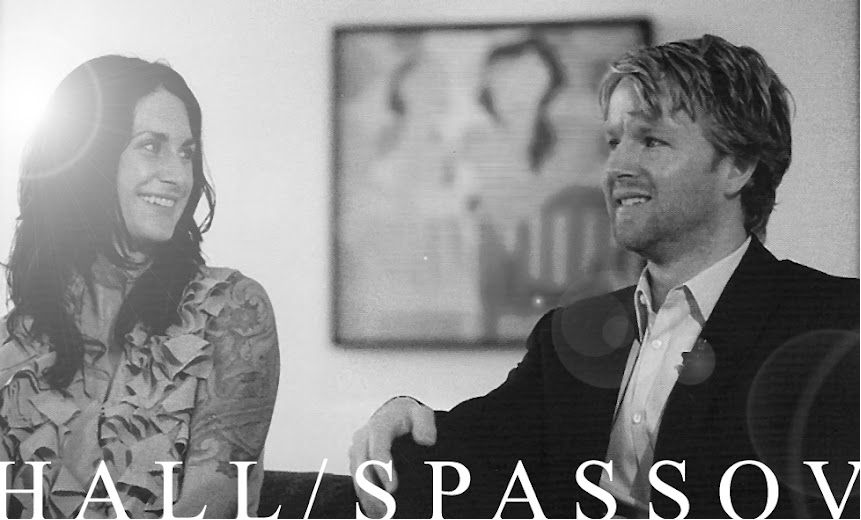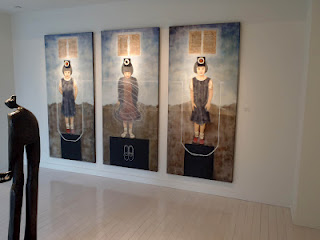(c) 2014 Judith Kindler
I have thought a lot lately about the subject of identifying overarching trends in American art. The discussion has emerged because of exhibitions like The State of the Art exhibition that opens in September at Crystal Bridges Museum and other group discussions I have had in the arts. Is it important to understand trends when we are emmersed in them or is it something that should be purely left up to the curators, writers and historians to decipher?
As an artist, i tend to be more aware of the reasons I might choose to do certain work than an awareness of any overarching trend. I think artists in general are more excited by the diverse medias available to the creative experience and what they can do with them, then trying to intellectualize an attitude or ideology like in the past modern era of dadaism, minimalism, pop, etc. I see this incredible phenomnea that is more about the evolution of art into a form that goes so far beyond a nuance of how a brush stroke is placed on a canvas or subject of a solitary object of art.
Of course my work has always been about story telling at its core. The human experience and the psychological all play deeply in my oeuvre. The expression has always been through multi - media. But rather than try to articulate where my work falls within any overarching directions in visual arts today, I would prefer to leave that to the curators and historians. (Assuming they would even have an interest).
So, setting my art aside, I decided to take a stab at identifying the contemporary art movements over my lifespan in a straight forward way without all the "artspeak" and without classifying through "isms". I am doing this purely out of curiosity and just to get the conversation going and to see what others perceive. I would love to hear your thoughts regarding this.
My pics for Overarching Trends are:
1. Experiential - Multi media, that is combining the tremendous creative opportunities afforded by diverse medias from technology (think selfies) to the use of tech in producing, exhibiting and experiencing art), to moving art like film, performance or projected imagery, moving inflated rubber, levitating hyper real bodies, to light and sound as a sole or critical media. All expand the viewers "experience" and engagement with a work of art. Perhaps the ultimate in installation art. The more senses involved in experiencing art, the greater the impact.
2. Visceral - works that focus on either the sociological or individual psychological or nonlogical experience of the world. Different from the pop culture art, it is more subtle, a matured exploration into the psyche and emotional reaction to the world. A more visceral allure to a work of art is manifested whether through abstraction, representation or the stark realism of, for example, conjoined or distorted body parts or figures. From work like Francis Bacon to Marc Sijan's hyper real aged figures, this trend touches our emotions and focuses on the human experience.
3. Organic - through diverse media artists recreate in small scales to grand installations - interpretations and abstractions of nature. (Not to be confused with landscape painting). Artists like John Grady's installations distill a sense of organic into atypical form.
4. Explosive and Exploitative - bigger is better, manufactured scale, with the main tenant to push the limits (Think Koons, China contemporary art) not just one figure, but 20 figures, not just polisbed but super shiney....everything is expressed at a max in size, in finish, in numbers.
5. Nostalgia - A trend for artists to reference previous periods of time or ideals in art like LA retro or through direct appropriation. Less about historical referencing and more about a nostalgic appeal of a previous time or place, this art disconnects from the moment and presents an idealistic vision of a yearned for time.
6. Recycle it - probably this is the most ideological of them all because it references the entire sustainability, footprint issue prevalent in society today. Do we add to the consumerism or do we reject it? Do we allow our art to be just another consumable or do we reject the very idea, turn off all the lights and imagine standing in front of a work of art? The idea might be approached directly through recycling all the media used in the production of a work, or conceptually through, for example, conservation of energy and production. The latter, the antithisis of number 4.
7. No Good for Nothin - Dis-Function, No meaning, no purpose, no use art. The devaluing of what is useful, the obliteration of an idea or object. Whether carpet bombing everything, to producing a wonderful work of art and then covering it up, shrouding it so it can never really be seen in whole or part, this trend is constantly questioning the value, our values, through taking seeming value away.
Let me know your thoughts and please add to the list.





